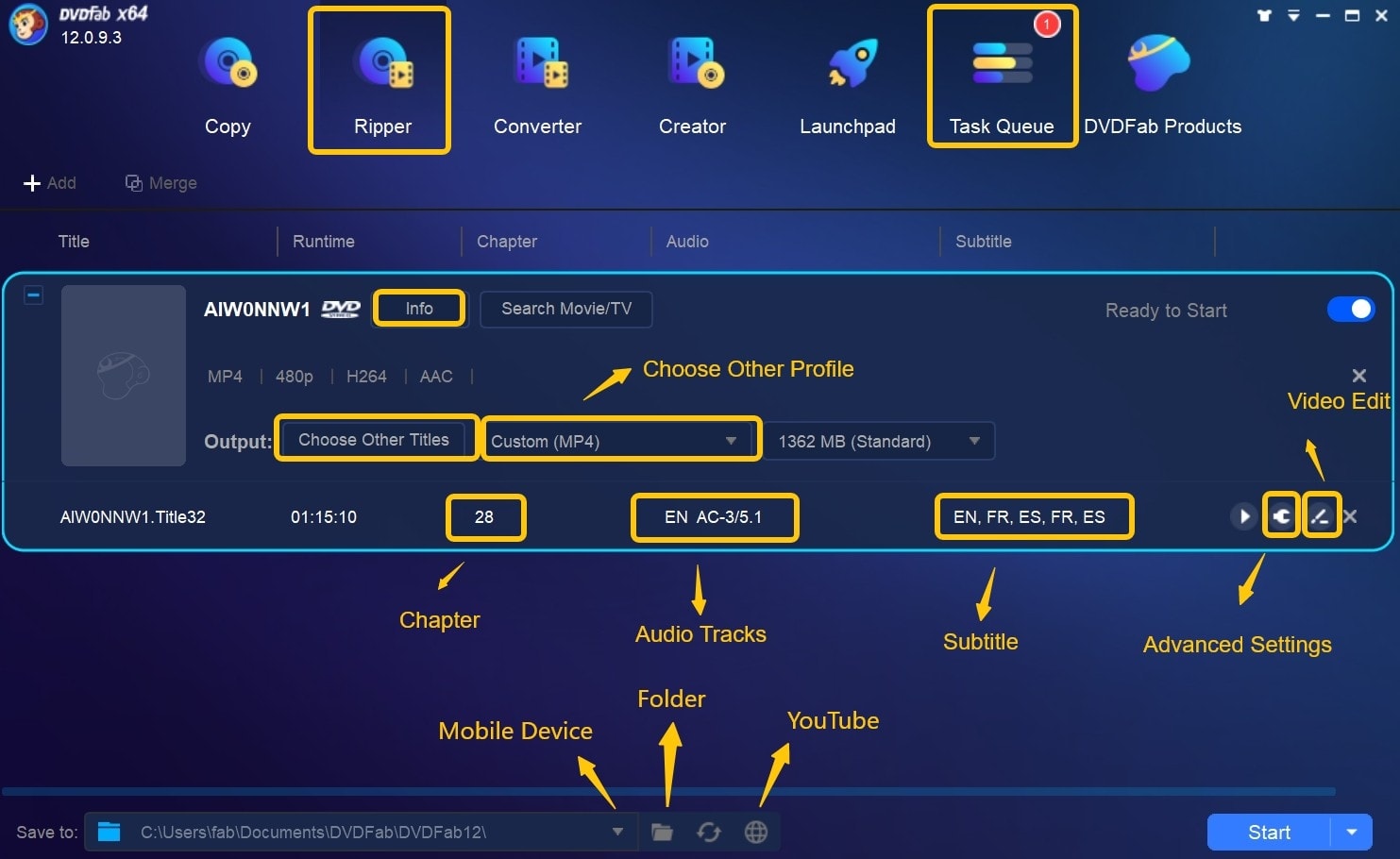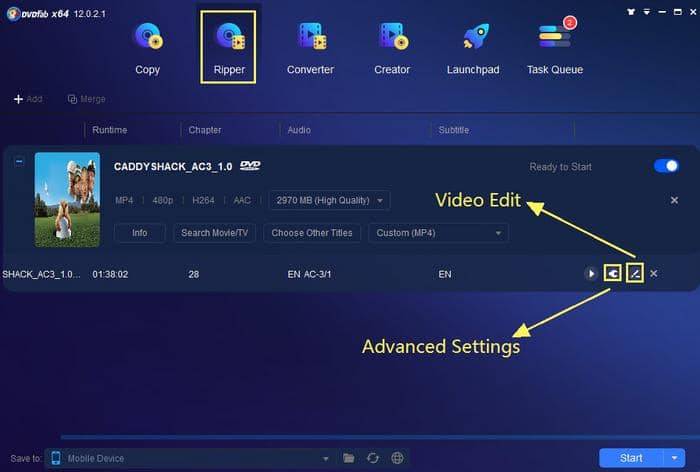Modern technology can be characterized by increased engagement in critical thinking and student-centered learning. Moreover, contemporary approaches are about focusing on creativity, innovation, practical application, global awareness, collaborative learning, sustainability, holistic development, and life skills. The education landscape is developing at a shocking speed, and it is all driven by the relentless progress of technology.
And if you want to learn more about software and the opportunities that modern technology provides, we invite you to visit this page and get a whole new perspective on the future of education. 2023 has already proven that educational technology, or EdTech, has and will redefine the way we learn, teach, and interact. Let us take you on a journey of the most significant EdTech trends that are bound to reshape education this year.

The Future Standard: Embracing Hybrid Education
It is considered that hybrid education is going to be the future standard due to the blend of traditional learning and digital platforms. Educational institutions worldwide are integrating online learning into their curricula. Consequently, students can access resources from any place at any time, and the need for physical classrooms is decreasing. Moreover, thanks to hybrid education, learners get the doors to better opportunities:
- self-studying;
- courses and schools from all over the world;
- well-suited schedules and learning styles;
- time and resources saving;
- etc.
Companies like TechVision drive the development of education software and eLearning solutions that have been central in creating smooth online learning environments.
Embracing ChatGPT
The recent advancement to boost education has been the appearance of the AI model ChatGPT. This solution has also been introduced into classrooms. How does the integration of this EdTech trend can change the way we learn? Let’s discover:
- facilitation of interactive learning (students can faster find answers to everything they find complicated);
- streamlining the whole process of studying (looking the words up, finding definitions, and just not spending time googling everything on their own);
- writing assistance (CharGPT can create structure suggestions for essays)
- etc.
However, this AI-powered model is also rather helpful for educators to manage their classes more efficiently. Developing materials and creating quizzes and assignments based on the studied topics are just a few examples of how education is changing.
Reshaping EdTech: The Impact of Immersive Tech and AI
First things first, what are immersive technologies? They include virtual reality (VR) and augmented reality (AR) solutions. They turn a regular imagination of a classroom upside down! Just think how amazing it will be when students are able to explore and witness historical events, dive into various scientific phenomena, and even dissect complex 3D models. They can also find themselves in a virtual class while having a sense of a real classroom due to these technologies. Together with AI, the EdTech will never be the same again:
- adapting to individual progress;
- providing customized learning journeys;
- experiencing everything in real-time;
- simulating settings;
- etc.
This combination can forever change the way students perceive and engage with learning materials.
Transforming Education
As we’ve mentioned earlier, traditional models of education are undergoing a significant transformation. In the past, there was a lot of emphasis on memorizing, repeating, and sticking to established concepts and opinions. However, the center stage has been taken by critical thinking, problem-solving, and creativity instead. And EdTech is specifically designed to only cultivate and nurture these skills. Students get a chance to work with interactive simulations, collaborative projects, and gamified learning experiences. The next generation is going to be way more prepared to tackle real-world challenges!
Empowering Educators: Technology’s Role Beyond Replacement
There are rumors that EdTech will replace educators and teacher jobs. Nevertheless, it is anything but that! It’s about empowering them. Educators don’t need to spend hours doing monotonous and repetitive tasks. They can automate administrative tasks, grading, and attendance tracking.
Consequently, they get more free time to focus on meaningful interactions with students. Additionally, modern solutions help teachers identify struggling students early. A dynamic and effective learning environment is everything that the partnership between technology and educators brings.
Nurturing Wellbeing and Emotional Intelligence in EdTech
Emotional intelligence and mental health have been finally recognized as top concerns in recent years! So have EdTech trends in 2023! They are integrating tools to nurture students’ well-being. There are different AI-driven chatbots that offer a safe space for students to express their feelings and concerns while also providing coping strategies. Furthermore, multiple mindfulness exercises and stress-relief techniques are included in EdTech solutions, which form a holistic approach to education.
AI Integration: Revolutionizing Education and Assessment Tools
The benefit of automating assessment through the integration of AI in EdTech is undeniable. Traditional exams have already given way to AI-based assessments that evaluate students’ understanding in real time. What is great about such tools:
- individual learning trajectories;
- ensuring that students are appropriately challenged;
- seeing a bigger picture;
- timely reactions;
- getting valuable insights into each student’s progress;
- enabling data-driven decisions and the like.
Immerse to Learn: Tech-Driven Immersive Educational Experiences
Immersive education experiences are driven by VR and AR solutions. EdTech continues to innovate the learning process:
- virtual field trips;
- historical reenactments;
- interactive storytelling;
- simulating science experiments;
- applying trial and error approaches, etc.
Educators are able to engage students on a deeper level. It improves retention and understanding. Basically, physical classrooms turn into vibrant hubs of exploration and discovery.
Pioneering K-12 Homeschooling
Summarizing everything we’ve already mentioned, it is no surprise that EdTech is investing in tools for K-12 homeschooling. There are all the needed resources and tools to create structured learning environments at home. A completely full-cycle educational process can be tailored to any unique needs of each child with the help of interactive lessons, video tutorials, and adaptive learning platforms.
Fueling the Future: Rapid Growth in EdTech Investments
To spice things up, have you already heard that the EdTech industry is experiencing unprecedented growth in investments? More and more venture investors recognize and invest in the potential of educational technology. It has been done not as a part of business solely. The main reason behind that is to transform education. Such investments fuel even greater development of groundbreaking EdTech solutions to open doors to new possibilities.
EdTech is at the forefront of education, shaping the way we learn, teach, and grow. Education’s future is brighter than ever, especially with such great minds as at TechVision!















